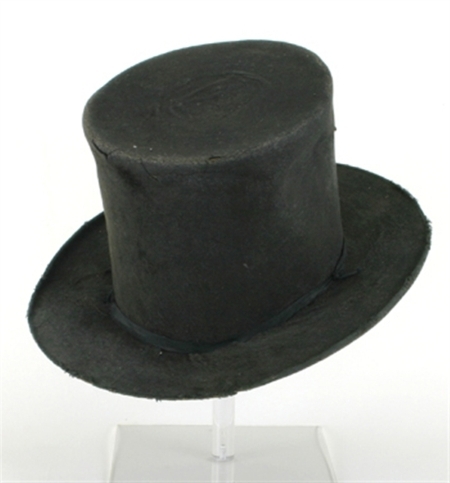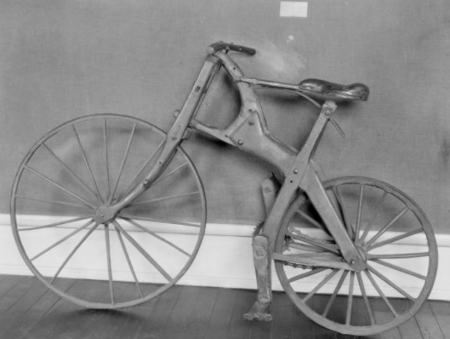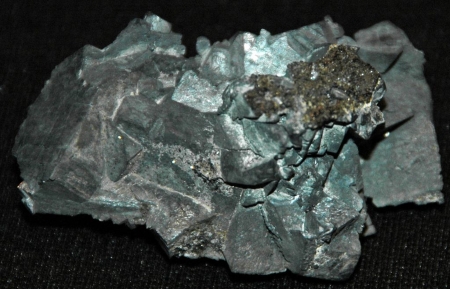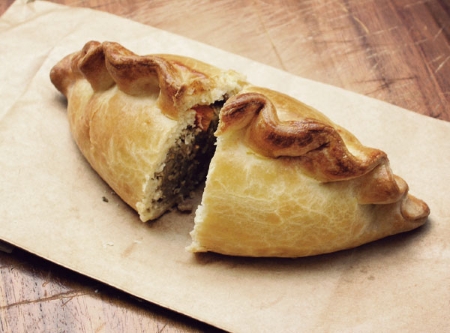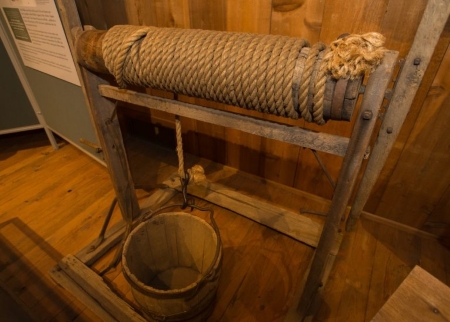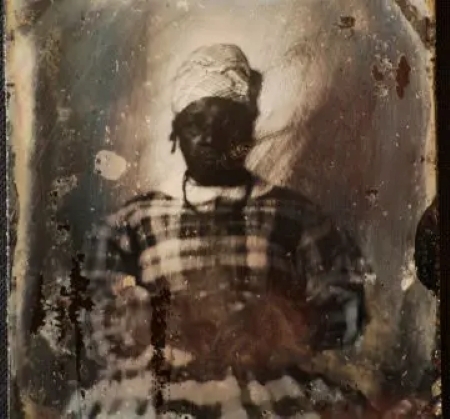OBJECT HISTORY: Beaver Felt Hat
The beaver felt hat was one of the main reasons for the success of the fur trade in northern states, such as Wisconsin, and in Canada. But why was this hat more popular than others? Clothing allows for people to choose their…
